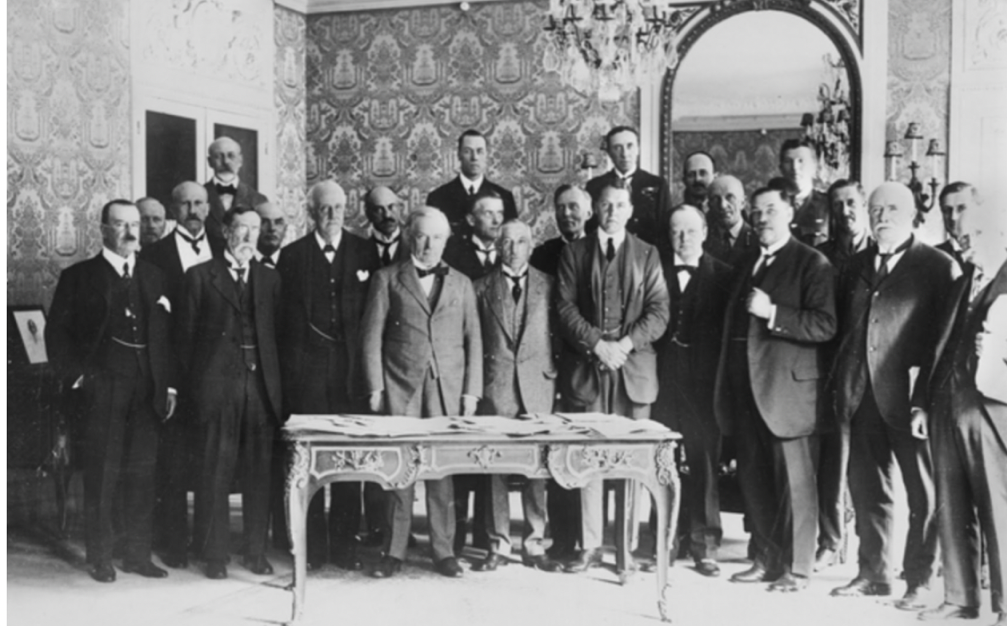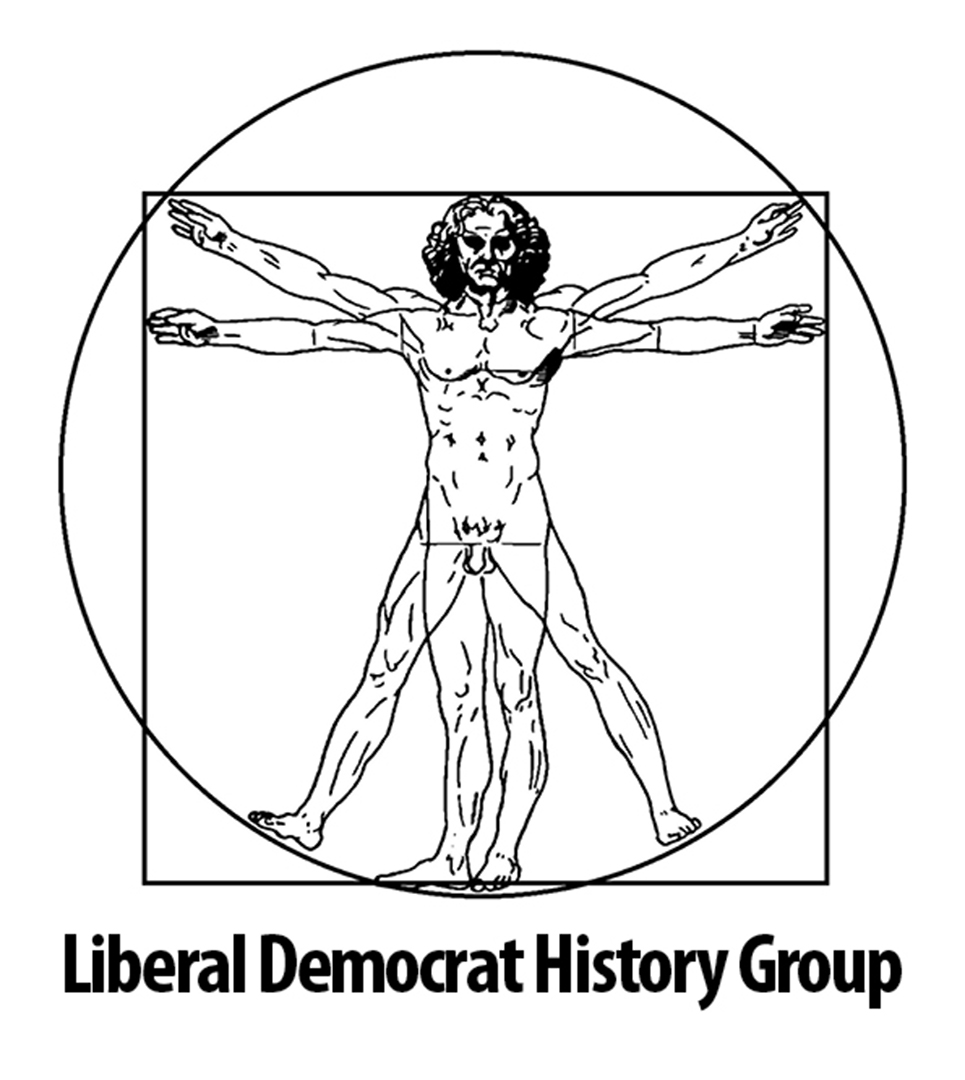Uneasy beginnings
The new party’s debut on the political stage was not met with rapturous applause, however, and in the aftermath of the bitter merger negotiations, it suffered from a drop in membership. Support fell rapidly in the opinion polls and in May the party lost over 60 seats in the local council elections, although the final vote was better than that which had been expected.
David Steel and Bob Maclennan, acting as joint interim leaders of the new party, announced that they did not intend to continue at the helm of the troubled organisation and a leadership contest ensued which saw Alan Beith, the former deputy Liberal leader, pitched against Paddy Ashdown, a former marine commando with just five years’ parliamentary experience. The difference between the two contenders was more one of style than substance, with Beith representing the traditional Liberal values of the old party, against Ashdown’s more dynamic and energetic style. Ashdown, a favourite from the outset, was announced the winner on 28 July, having received 71.9 per cent of the votes cast in a members’ ballot.
Even with a clear mandate, however, Ashdown still faced enormous problems during the first months of his leadership. The party was not only suffering from the lack of a clear political identity, it was also on the verge of bankruptcy.
The presence of David Owen’s continuing SDP was also a major difficulty in achieving electoral success, creating confusion among voters. Faced with a rival SDP candidate at the Kensington by-election on 14 July, the SLD polled just 10.7 per cent of the vote and came in third place, though ahead of the Owenite. In a further by-election at Epping Forest in December, the SLD managed to achieve second place, but the Conservatives held on to the seat despite the SDP and the SLD polling more than the victor between them. Two months later Owen’s party forced the SLD into third place in Richmond (Yorkshire), and again the Conservative (William Hague) won despite polling less than SLD and SDP together. It was becoming increasingly evident that there was no room for two ‘third’ parties.
Ashdown’s party reached an ultimate low in the June 1989 European elections when it received just 6.4 per cent of the popular vote, failing to return any MEPs and being beaten into fourth place following an unexpected advance by the Green Party. By this point, party membership had fallen to around 75,000 and financial difficulties had forced significant cuts and redundancies at its London headquarters. Recording his fears for the future in his diary at the end of June, Paddy Ashdown confessed that the SLD had experienced a ‘very, very black week which may well mark the end of the party altogether’.
In addition to disappointing electoral performances, party members still seemed uneasy about their new identity and even their name. A conference vote, in September 1988, to use ‘Democrats’ as the short title of the party caused substantial unhappiness, and was abandoned in favour of ‘Liberal Democrats’ following an all-member ballot in October 1989. (In 1993 the full name of Social & Liberal Democrats was finally dropped.)
Fortunately, by this point, the party was beginning to perform better in opinion polls and the threat from the Green Party appeared to have receded. More significantly David Owen’s SDP was finally wound up following a disastrous showing at the Bootle by-election in May 1990, when it received fewer votes than the Monster Raving Loony Party.

Journal of Liberal History
For the discussion and research of Liberal, Liberal Democrat and SDP history
Developed and hosted by Prater Raines
